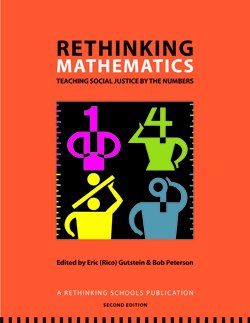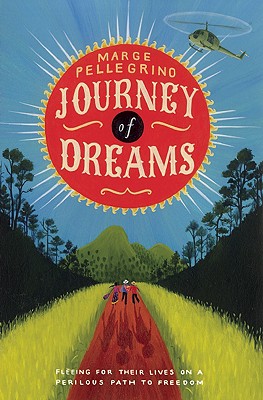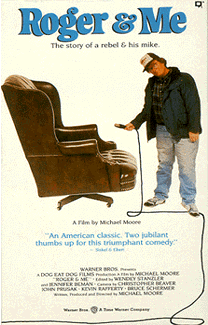Book — Non-fiction. By Howard Zinn. 2005, with a new introduction by Anthony Arnove in 2015. 784 pages.
Howard Zinn's groundbreaking work on U.S. history. This book details lives and facts rarely included in textbooks—an indispensable teacher and student resource.
Continue reading
Teaching Guide. By Bill Bigelow and Norm Diamond. 1988. 184 pages.
Role plays and writing activities project high school students into real-life situations to explore the history and contemporary reality of employment (and unemployment) in the U.S.
Continue reading
Book — Non-fiction. By Jonathan Teller-Elsberg, James Heintz and Nancy Folbre. 2006. 256 pages.
Easy to read graphs make complex economic data accessible to all ages.
Continue reading
Book — Non-fiction. By Sarah Anderson, John Cavanagh, and Thea Lee. 2005. 160 pages.
The economics of globalization in easy to read charts.
Continue reading
Poster and book. By Stephen J. Rose. 2007; updated 2015. 56 pages.
Visual representation of the distribution of wealth in the United States.
Continue reading
Film. By Mark Achbar, Jennifer Abbott, and Joel Bakan. 2004. 145 minutes.
This award-winning documentary examines the nature, evolution, impacts, and future of the modern business corporation and the increasing role it plays in society and our everyday lives.
Continue reading
Book — Non-fiction. By Ellen Miller-Mack, Craig Gilmore, Lois Ahrens, Susan Willmarth, and Kevin Pyle. 2008. 104 pages.
This comic book presents the human stories behind the statistics.
Continue reading
Book — Non-fiction. By Anne Farrow, Joel Lang and Jenifer Frank. 2005. 304 pages.
Challenges the misconception that only the South was involved in or profited from slavery.
Continue reading
Teaching Guide. By Rick Ayers. 2001. 208 pages.
Discussion questions and teaching ideas for Terkel's classic 1974 text.
Continue reading
Book — Non-fiction. By Alfred Blumrosen and Ruth Blumrosen. 2006. 304 pages.
A detailed account of the role slavery played in the Revolutionary War and the writing of the U.S. Constitution.
Continue reading
Teaching Guide. Edited by Eric Gutstein and Bob Peterson. Rethinking Schools. 2013 (2nd edition). 300 pages.
Lessons and articles on social justice math education for elementary and secondary school classrooms.
Continue reading
Teaching Guide (with DVD). By Jan Haaken, Ariel Ladum, et al. 2005.
Interactive lessons on the 1990s civil war in Sierra Leone and broader issues such as cross-cultural awareness, the global trade in diamonds and guns, and the effects of war on women.
Continue reading
Film and website. Produced by Mary Becker and Renée Bergan. Written and narrated by Edwidge Danticat. 2009. 50 minutes.
Documentary about Haiti and global economics told through the lives of five women.
Continue reading
Picture book. By DyAnne DiSalvo-Ryan. 2000. 40 pages.
A children's book about the benefits of a neighborhood store versus a big box store and how a community can rally to support a local business.
Continue reading
Book — Fiction. By Marge Pellegrino. 2009. 250 pages.
Historical fiction for young adult readers about the experience of Central American refugees and the long journey north.
Continue reading
Film. By Almudena Carracedo and Robert Bahar. 2007. 70 minutes.
Emmy award-winning feature documentary follows the story of three Latina immigrants working in Los Angeles sweatshops on an odyssey to win basic labor protections from a clothing retailer.
Continue reading
Film. Produced by Peter Bull, Justin Weinstein, Alex Gibney. 2010. 88 minutes.
A feature documentary that addresses the questions: Can coal be made clean? Can renewables and efficiency happen on a scale large enough to replace coal?
Continue reading
Film clip. Voices of a People's History.
E.Y. "Yip" Harburg's "Brother Can You Spare a Dime" (1932) is performed by Allison Moorer.
Continue reading
Book — Non-fiction. By Barbara Ehrenreich. 2008. 256 pages.
Undercover journalism exposing hard realities of life for the working poor.
Continue reading
Film clip. 2010.
Democracy Now! Interview with people's economist Manfred Max-Neef on September 22, 2010.
Continue reading
Film. By Jordan Mechner. 2004. 26 minutes.
A documentary about the politics and economics of land in the United States, based on the story of a Mexican American village razed in the 1950s to build Dodger Stadium.
Continue reading
Film. Directed by Michael Moore. 1989. 91 minutes.
Documentary chronicling the efforts of the world's largest corporation, General Motors, as it turns its hometown of Flint, Michigan, into a ghost town.
Continue reading
Film. Directed by Icíar Bollaín and written by Paul Laverty. 2010. 103 minutes.
As a crew shoots a film about Columbus' genocide, local people in Cochabamba, Bolivia rise up against plans to privatize the water supply.
Continue reading
Teaching Activity. By Linda Christensen. Rethinking Schools. 20 pages.
Teaching about racist patterns of murder, theft, displacement, and wealth inequality through the 1921 Tulsa Massacre.
Continue reading

























